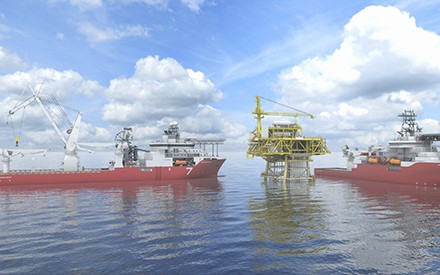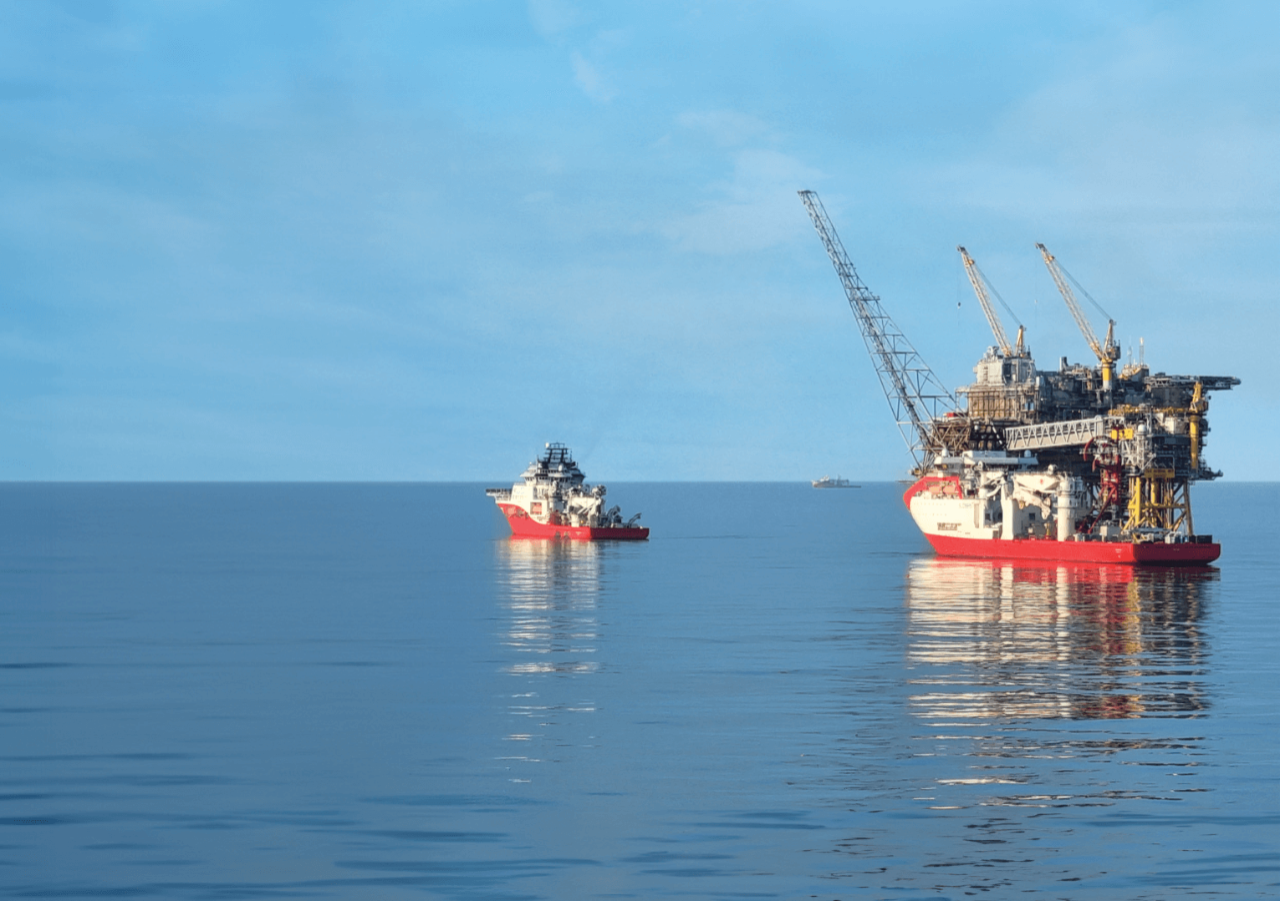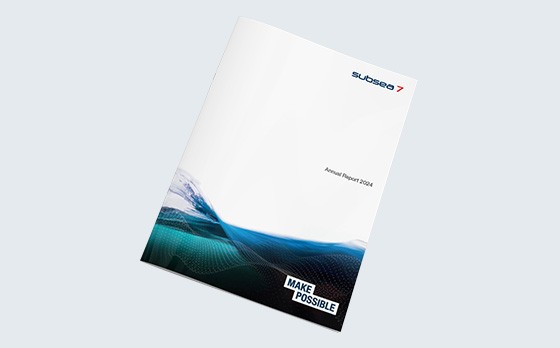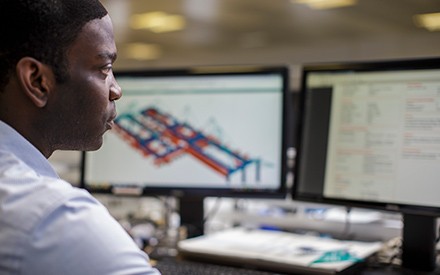Operational Eco-Efficiency



Why it is important
Subsea7 recognises the risks and opportunities of climate change and its potential effect on our business and stakeholders. Identifying and managing the impacts of climate change, including our approach to emissions, is important as we evolve our strategy and support a lower-carbon future economy. We seek to be more efficient in the way that we work and invest in solutions that lower our greenhouse gas emissions within our operations and throughout our supply chain.
We published our plans to target Net Zero Scope 1 and 2 greenhouse gas (GHG) emissions by 2050 and included a nearer-term target reduce our Scope 1 and Scope 2 emissions by 50% by 2035 from a 2018 baseline.

Addressing climate change
Subsea7 supports the recommendations of the Task Force on Climate-related Financial Disclosures (TCFD) which aims to improve the reporting of climate-related risks and opportunities. In 2022, Subsea7 published its first climate-related disclosures guided by the recommendations of the TCFD. It sets out how the Group incorporates climate-related risks and opportunities into governance, strategy, risk management and metrics and targets. View the TCFD Report.
In addition, we also disclose additional TCFD aligned information in our annual voluntary response to the CDP.
Managing our emissions
Over 90% of our emissions come from our vessels such that our carbon dioxide emissions correlate strongly with our activity levels in the year. In line with our emissions targets, we are actively engaged in seeking ways to be more efficient in the way that we work and investing in solutions that lower our greenhouse gas emissions and those of our clients. The emissions arising from our supply chain are fundamental to address together with our clients if we are to collectively target a lower-carbon industry. We have established our Scope 3 baseline and are focused on working with our stakeholders to work together on reducing the contribution of emissions from our projects and services.
The International Maritime Organization IMO) launched its strategy for the reduction of greenhouse gas emissions from ships. This included limiting sulphur oxide (SOx) and nitrogen oxide (NOx) missions and setting a target to reduce total annual greenhouse gas emissions from shipping by at least 50% by 2050 compared with 2008. As a result, from January 2020 a new low-sulphur limit or fuel came into effect worldwide.
All of Subsea7’s vessels are designed to run on low-sulphur fuel, and as such no additional investment or action was required. Seven Subsea 7 vessels are listed with the Environmental Ship Index (ESI) in the World Port Sustainability Programme: Seven Viking, Seven Kestrel, Seven Falcon, Seven Arctic, Seven Vega, Seaway Moxie and Seaway Aimery. The ESI identifies seagoing ships that perform better in reducing air emissions than required by the current emission standards of the IMO.
Subsea7’s owned vessels are enlisted in the Norwegian NOx fund, which supports the shipping industry in cutting NOx emissions by granting financial support to the industry to implement green technology. This is financed by fees paid to the fund by its members, including Subsea 7. Subsea 7’s new build vessels have NOx-reducing selective catalytic reduction technology that reduces NOx emissions by approximately 75%.
Operating and managing our vessels
We have one of the youngest subsea, umbilicals, risers and flowlines (SURF) fleets in the offshore energy construction market with an average age of just 10 years. We have invested over $3.5 billion in new vessels since 2010, commissioning 12 new build vessels in that period. We aim to operate a vessel for its entire useful life, investing in new equipment and enhancements to extend the life where possible. When a vessel is at the end of its life we are committed to recycling it responsibly. All of our redundant vessel tonnage is recycled under the Hong Kong Convention and the EU Ship Recycling Regulation.
Managing our environmental risk and responsibilities
We have a comprehensive risk management system with procedures and tools that identify, analyse, report and manage business risks that are related to environmental exposures and the effects of climate change. We measure key environmental data against internal targets including fuel and energy consumption, carbon emissions, waste segregation, spills and other incidents. Environmental hazard severity is measured through a points system that reflects the potential impact on the environment should an incident occur.
Subsea7 is globally certified to the Environmental Management Standard ISO 14001:2015. This standard applies to the management of our environmental responsibilities in a systematic manner including the enhancement of environmental performance as well as the achievement of our environmental obligations and objectives. In 2021, DNV GL performed a surveillance audit of our compliance which confirmed effective fulfilment of requirements and no non-conformities with the requirements of the standard.
Our targets
- 50% reduction in Scope 1 and 2 greenhouse gas emissions by 2035 (baseline year 2018)1,2
- Net zero Scope 1 and 2 greenhouse gas emissions by 20502
Whilst we are implementing changes and solutions available today, there are several factors that could affect Subsea7’s ability to meet these targets and could cause our plans to differ materially from those currently reported, including but not limited to the availability and deployment of cleaner technologies at scale commercially. For information on our forward looking statements, please refer to our 2023 Subsea7 Annual Report page 170.
1 Our targets are based on a percentage reduction in absolute GHG emissions compared to an adjusted 2018 base year inventory.
2 Targets for 2035 and 2050 apply to both Subsea7 and Seaway7 on a standalone and consolidated basis.
Our commitments
We recognise the importance of being actively engaged in tackling the challenges facing our environment. We support the UN Global Compact’s principles on the environment and we are undertaking initiatives to promote greater responsibility throughout our Company (Principle 8).
Subsea7 supports the UN Sustainable Development Goals






